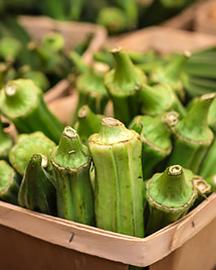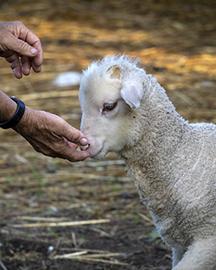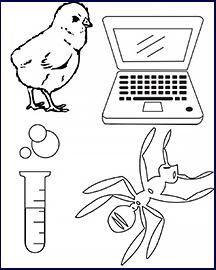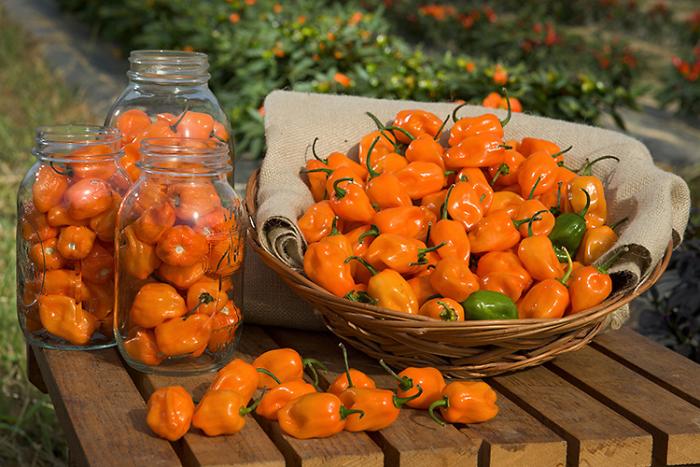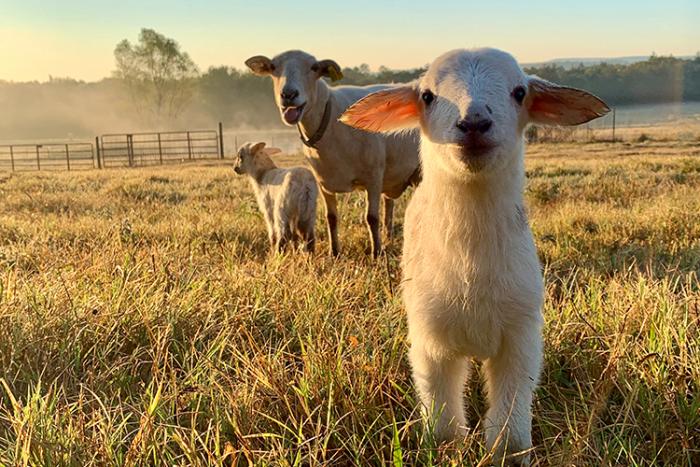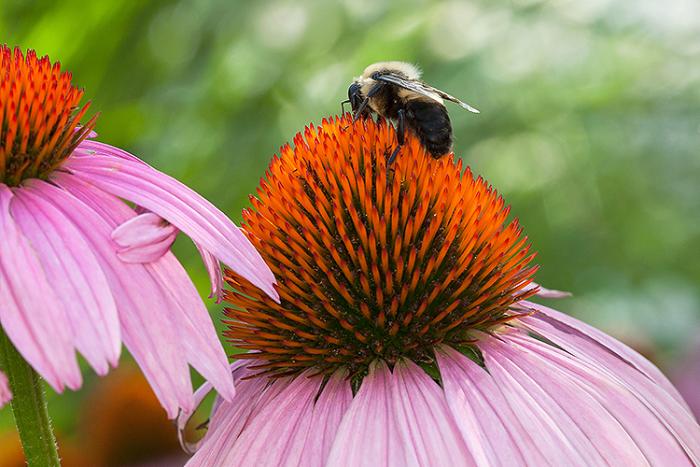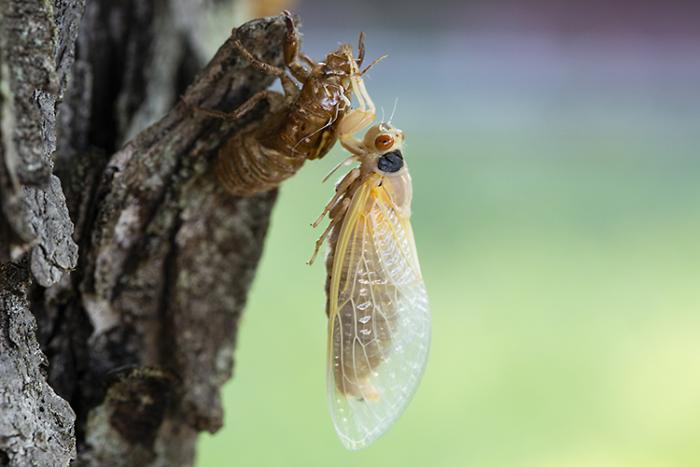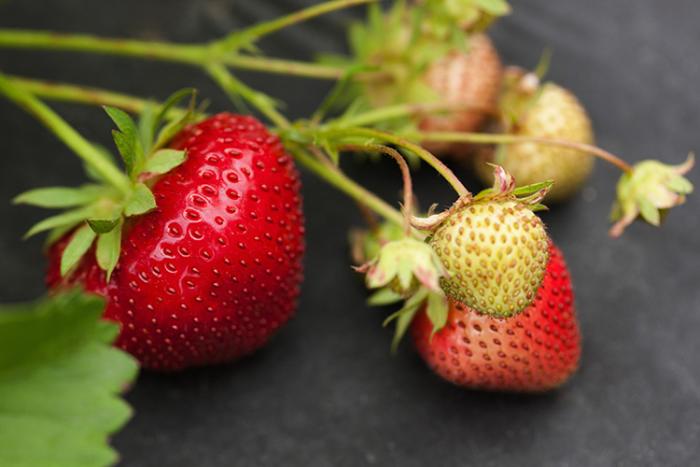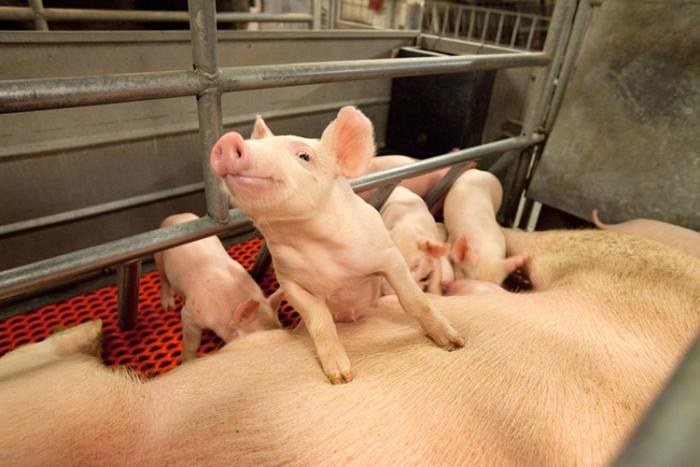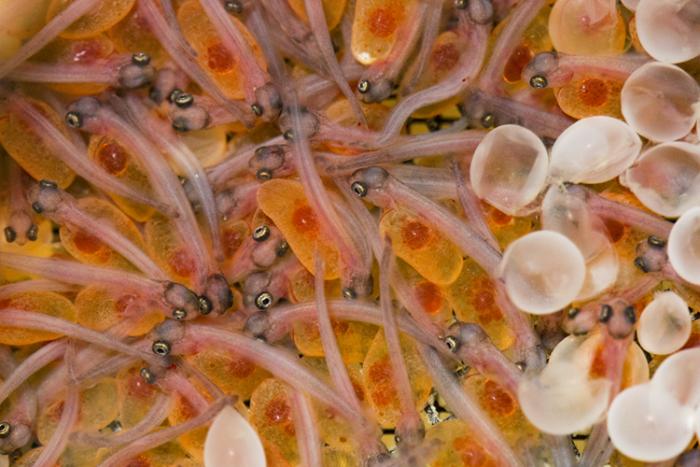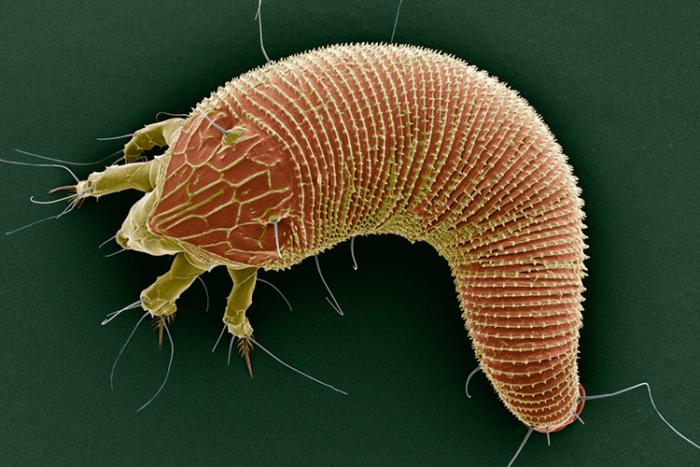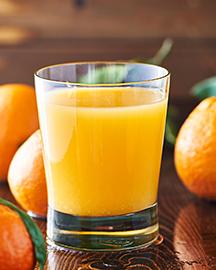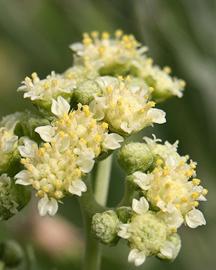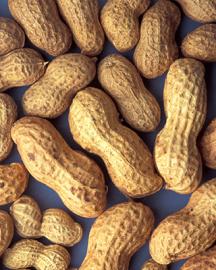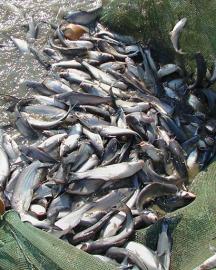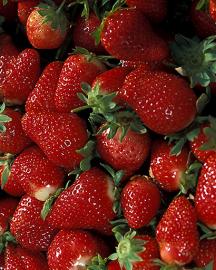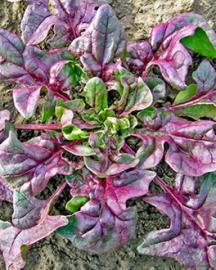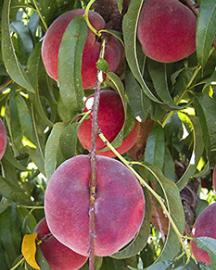Play this matching game to learn about foods from around the world.
Play These Games Then Check Back for More
“Ad-lib” means to improvise or make up words as you go. Create your own story by ad-libbing about healthy food choices with friends at lunch. Read, laugh, and enjoy!
Create your own story about a family who explores a new place that houses animals and learns about animal behavior.
How much do you know about nutrition? Unscramble these words to learn about healthy habits and foods to keep you healthy and active.
Check out the AgLab coloring sheets. Just download, print and get coloring!
Topic
Educational ResourcesThe Tiny World of Microscopic Imaging
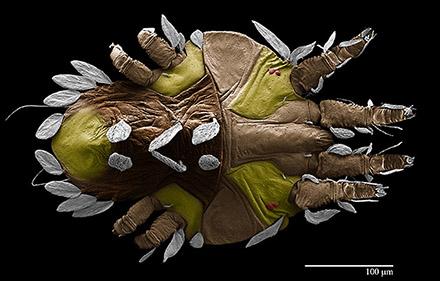
The ARS Electron and Confocal Microscopy Unit assists a diverse group of scientists needing microscopic imaging for their research projects. The facility is equipped with state-of-the-art microscopes and microscopy technologies capable of producing high-resolution, digital images of many of the most important pests and pathogens affecting agriculture.
Researchers here can flash freeze mites in liquid nitrogen to create striking “snapshots” as they feed, use a laser-scanning confocal microscope to make accurate 3D images, and use a 3D printer to create models from the images.
Their images have won scientific photography awards, graced the covers of prestigious scientific journals, and enhanced our scientific understanding of many microbes, pests, and pathogens that attack crops, infect livestock, and make people sick.
See some stunning images in "Opening a Window to an Unseen World."
Topic
Learn and ExploreComposting: Nature's Way of Recycling Organic Materials

Composting is becoming ever increasingly popular, both on the farms and in the homes. Composting is an excellent way to reduce waste that’s sent to landfills while providing soil in your gardens or fields with precious nutrients (that’s why they call it “black gold”!)
But did you know that composting enhances rainfall penetration, which reduces water runoff and soil erosion? This in turn reduces sediment, nutrients, and pesticide losses to streams. By improving the soil, compost also enhances beneficial microbes that help reduce plant diseases and pests – meaning less use of pesticides. Did you know that ARS has a 2-acre composting facility just outside our Nation’s Capital? That’s almost an entire football field, and another half of a football field, of organic recycling!
To learn how to get started with composting, other benefits of this natural recycling method, or how ARS researchers are discovering new ways to prepare composts from a variety of mixed sources of organic materials, check out our Compost Page.
Topic
OrganicsCracking the Mystery of How to Store Eggs

Some people like nice a plate of scrambled eggs for breakfast while others enjoy an egg salad sandwich for lunch. Eggs are a popular food that most of us purchase in our weekly groceries.
But have you ever wondered if you're storing your fresh eggs correctly? Harmful bacteria can penetrate the shell of an egg, so it's important to know how to handle them properly. Should you store them in the refrigerator or let them sit out in the kitchen at room temperature? Well, it turns out that the way eggs are stored depends on where they’re produced. Want to know more? Read "How We Store Our Eggs—and Why"
Topic
Learn and ExploreLet the Sun Shine In
Powdery mildew fungus is a serious disease that affects strawberry plants and other crops. On strawberry plants, powdery mildew appears as white powdery spots or fuzzy growth on both sides of leaves and on stems. It can kill flowers, harden immature fruit, and reduce fruit quality and marketable yields. In Japan and western Europe, powdery mildew is the primary cause of fruit quality loss. ARS researchers turned to the sun to help fight this disease. Specifically, researchers are using shortwave ultraviolent light (UV-C) to kill powdery mildew fungus. Read more in "Researchers Harness the Sun’s Rays to Fight Strawberry Disease."
Topic
Food Safety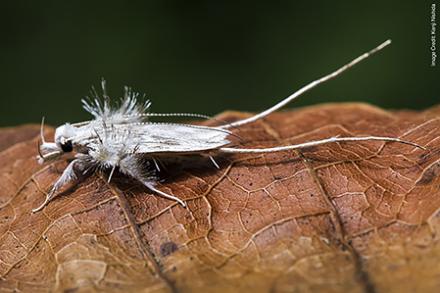
Scientific Name: Struthoscelis
Common Name: Ostrich moth
Friend or Pest (or both): Potential pest.
Region and Diet? This moth is native to Central and South America and its caterpillar feeds on orchids in the genus Sobralia.
Impact on agriculture? ARS scientists are constantly discovering and describing new species of insects like the ostrich moth. These efforts help document the diversity of life on our planet and identify potential threats to US agriculture and our natural habitats. Orchids occur naturally in all 50 states and the orchid market is one of the fastest growing segments of the floriculture industry with a value of over $5M per year. Read the abstract to learn more about the diversity and odd morphology of these moths.
Topic
InsectsScience Project Handouts

Teachers and Parents. Need a science project handout for homework or at-home learning? We offer downloadable versions of our popular science projects for your convenience. They are available in a variety of topics and skill levels. Just download and print (pdf format).
Looking for more handouts? Explore our Science In Your Shopping Cart factsheets for information on everyday products that sprang from ARS's research.
Fun and Educational Science Projects
We’re going to learn about a very small fungus, called yeast. Let’s find out how this special fungus helps us make bread.
What happens if we put hydrogen peroxide and yeast together in a large quantity?
Are you getting enough vitamins and minerals? To find out, take this challenge! | Ages: 14-18 | Time: 30 min/day | Difficulty: Easy
Play this game and learn more about different animal behaviors. | Ages: 4-15 | Time: 30 minutes | Difficulty: Easy
Draw or paint and learn more about different animal behaviors. | Ages: 4-11 | Time: 30 min | Difficulty: Easy
Try this experiment around your yard or school to learn about animals/plants in your area | Ages: 4-11 | Time: 30min | Difficulty: Easy
How do organic amendments help plants? | Ages: 5-12 | Time: 1-2 hours at start-up, few minutes a day for 6+ weeks | Difficulty: Moderate
Test the effect of high salt soil concentrations on plant growth | Ages: 12+ | Time: 3+ weeks | Difficulty: Easy/Moderate
Explore fluorescence (light) in food and plants. | Ages: 5-12 | Time: 15-20 mins | Difficulty: Easy
How does soil erosion occur? | Ages: 5-12 | Time: 15-20 mins | Difficulty: Easy
Compare vitamin C levels | Ages: 5-12 | Time: 15-20 mins | Difficulty: Easy
Test the effect a hard soil layer has on plant growth and root development. | Ages: 10+ | Time: 3+ weeks | Difficulty: Easy/moderate
Topic
Educational ResourcesScience in Your Shopping Cart
Each year, ARS scientists develop new varieties of fruits, vegetables, and other products that provide consumers with improved convenience, longer shelf life, better nutrition, new flavors, and sometimes even a whole new idea that no one has brought to consumers before.
Check out our new "Science in Your Shopping Cart" factsheets to learn which ARS research products may be sitting in your shopping cart!
What's In Your Cart?
Researchers have released a line of ornamental peppers that are both edible and beautifully hued.
Researchers developed an improved variety of guayule plant as a natural source of tire rubber.
A new Virginia-type peanut contains high amounts of oleic fatty acids, which can promote cardiovascular health.
These findings could be what's needed to enjoy the outdoors by using natural compounds to control pests without harmful chemicals.
The main ingredient in this breakfast cereal is a new white spring wheat developed by ARS scientists.
ARS researchers play a role in enhancing the quality of the hops and barley needed to produce beer.
What nutrients are in your food? Which plants will thrive in your area? Find out the answers and more with these cool tech tools.
Over the past decade, ARS scientists have collaborated with U.S. catfish farmers to create new, improved catfish lines.
ARS researchers are exploring the health benefits of flour made from wine grape seeds.
Did you know that ARS once saved the strawberry industry?
ARS researchers in New Orleans are behind a new blood-clotting gauze that can help save lives!
This new variety of spinach has about a 50 percent higher level of phytonutrients!
Things are just peachy at the ARS Fruit and Tree Nut Research Unit after releasing three new peaches.
ARS may have a pretty sweet deal for diabetics and others looking to curb their sugar intake.
ARS partnered with NewGem Foods to reinvent wraps by making edible films out of unmarketable fruits and vegetables.
Topic
Educational ResourcesLina Castano-Duque
Adrian Marshall
Lauren Maestas
Maricé Lopez
Gabriel Patterson
Lauren Hale
Matthew Hillyer
Learn more about Matthew Hillyer's research.



